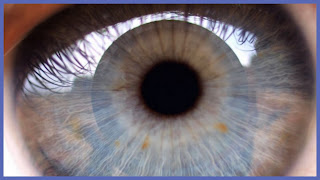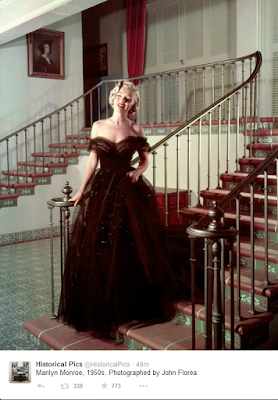Dolly Parton’s Song of Many Colors, which Parton says is her favourite song she has ever written, will be turned into a television movie by NBC.
It will be the first production in a new deal between Parton and the network that will see a number of her songs turned into movies.
NBC made the announcement at their upfronts on Monday morning as part of their events programming for the 2015-2016 season. The film will tell the story of Parton’s childhood with Dolly executive producing in conjunction with Sam Haskell of Magnolia Hill Entertainment and Warner Brothers Television.
Coat of Many Colors was written by Parton in 1969 and released two years later as the second single from the album of the same name. It tells a story from Dolly’s childhood where her mother would take rags that had been donated to the family and sewed them together to make a coat. While making the garment, she told Dolly the story of Joseph and his coat of many colors from the bible.
Coat of Many Colors peaked at number 4 on the Country Singles chart but has gone on to become one of Parton’s most loved classics.
Picture and story with thanks to Noise 11
There
are more posts regarding Dolly Parton on this blog.
Dolly Parton At Glastonbury
Kenny Rogers Says Australian And New Zealand Tour Will Be His Last
Don Henley Recruits Mick Jagger And Dolly Parton For Country Album Cass County
Dolly Parton Premieres ‘Pure And Simple’ From New Album, Which Includes Glastonbury Set
Dolly Parton Receives Lifetime Achievement Award at CMAs
Also Related:
Burt Bacharach Brings Back The Hits: From Marlene Dietrich to Glastonbury
Daniel Day-Lewis Receives A Knighthood
Kirk Douglas Turns 100 After Seven Decades Of Film
Tina Turner: What’s Age Got To Do With It?
Sylvester Stallone: Not Feeling Old!
Hedy Lamarr - Beauty And Brains in Abundance
Charlie Chaplin: The Birth Of The Tramp
Carlos Gardel And The Tango In Movies
"Rush" - An Under-rated Ron Howard Movie
Biopics Now Focus On Key Moments Rather Than A Whole Life
Some Biopic Actors And Their Real-Life Counterparts
Edith Piaf: In search of La Vie en Rose
Audrey Hepburn Quotes
The Best Movies Of 2014
Top 10 Best Actress Oscar Winners Ever?
10 Historically Inaccurate Movies
The Book Every Movie Lover Should Own:David Thomson’s New Biographical Dictionary of Film
Hollywood's 100 Favorite Films
10 Historical Movies That Mostly Get It Right
Russell Crowe's "The Water Diviner" Is Not Complete Fiction
"Banished" From The BBC And Governor Arthur Phillip
Burt Bacharach Brings Back The Hits: From Marlene Dietrich to Glastonbury
Woman in Gold: Another Biopic For Dame Helen Mirren
Cilla Black's Biography On TV
Alfred Hitchcock: Mysteries Of The Master Of Suspense
"Love and Mercy" - A Review Of The Brian Wilson Biopic
Dolly Parton: A Biography Movie And A Time Capsule For Her 100th Birthday
Maggie Smith: Michael Coveney’s Biography
The Best Movies of 2015
Sophia Loren Quotes
Michael Douglas: The Hemsworth Brothers And Hugh Jackman Are Hollywood Gold
After Tom Cruise, Brad Pitt, The Hemsworths, Where Are The Men Of The Movies?
How Groucho Marx Invented Modern Comedy
Marilyn Monroe: Fashioning The Myth And The Reality
Patsy Cline Live — As A Hologram
Loretta Lynn
A History Of Mick Jagger On Film
Florence Foster Jenkins: Meryl Streep's Latest Biopic
Citizen Kane: Orson Welles’s Masterpiece, As A 1941 NYT Critic Saw It
"The Man Who Knew Infinity" Review - Jeremy Irons And Dev Patel
Loving Vincent: The World's First Fully Painted Film
Dean Martin: 99 Years Of His Music and Movies
The Rolling Stones: A New Movie About The Making of 'Exile on Main Street'
Gene Wilder: Master Of Comedy
Happy Birthday, Julie Andrews!
Happy Birthday Dame Angela Lansbury!








